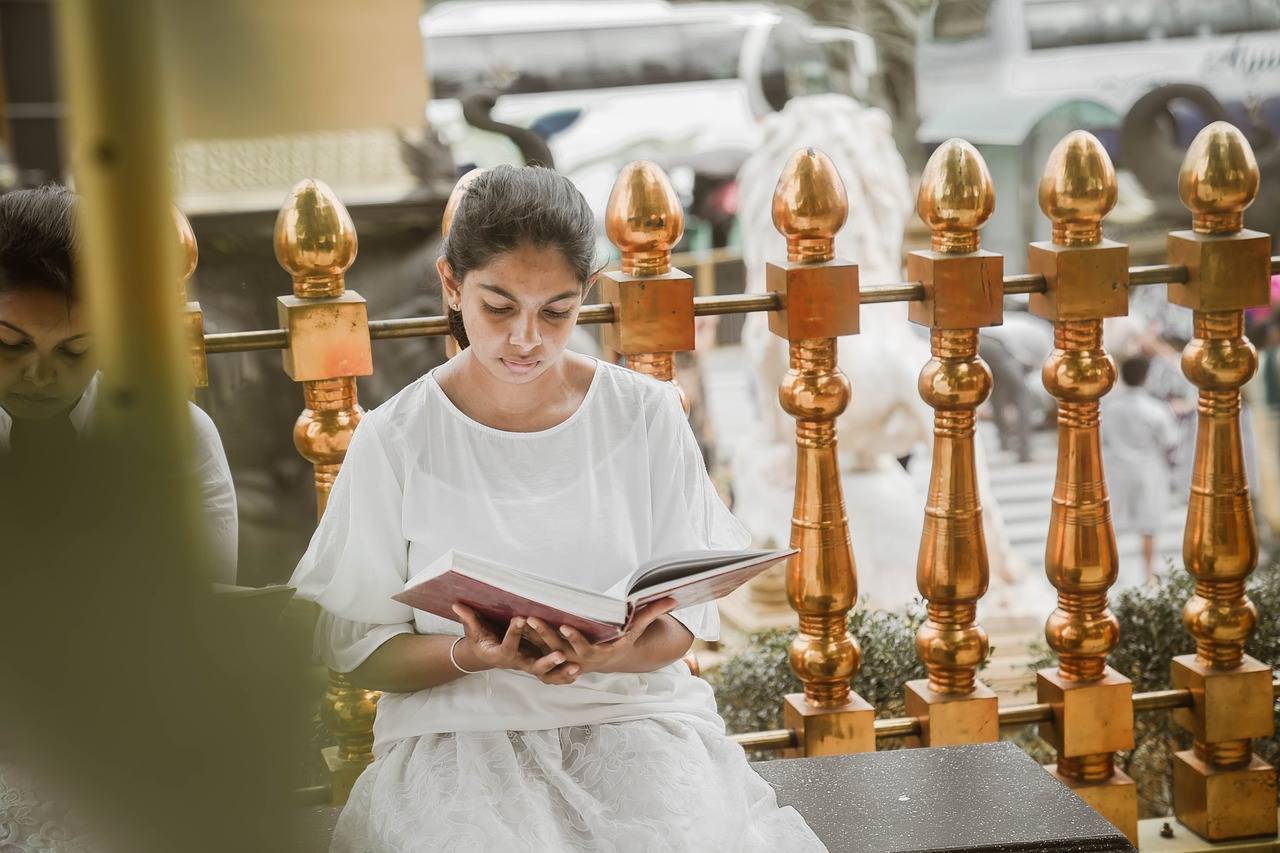Analyzing the Effects of Culturally Relevant Art Education on Student Creativity
Art education plays a crucial role in shaping the perspectives and identities of students. It is through art that individuals can express their unique cultural backgrounds and experiences, providing a platform for diverse voices to be heard and celebrated. When students are exposed to artworks that reflect their own cultural heritage, they are more likely to feel a sense of connection and pride in their identity.
Moreover, cultural representation in art education fosters inclusivity and understanding among students from different backgrounds. By incorporating a variety of cultural perspectives in art curriculum, educators can create an inclusive learning environment that promotes empathy, respect, and appreciation for diversity. This approach not only enriches students’ educational experiences but also equips them with valuable skills to navigate and contribute to an increasingly multicultural society.
Understanding the Influence of Cultural Relevance on Student Engagement
Cultural relevance plays a significant role in determining the level of student engagement in art education. When students see their own cultural heritage reflected in the artwork they study, it enhances their sense of identity and belonging. This connection to their own cultural background fosters a deeper appreciation for the subject matter, resulting in increased interest and motivation to participate actively in the learning process.
Furthermore, exposure to a diverse range of cultural perspectives in art education promotes empathy, understanding, and respect for different traditions and identities. By incorporating art forms from various cultures, educators can create a more inclusive learning environment that encourages students to explore and embrace the richness of global artistic expressions. This inclusive approach not only broadens students’ perspectives but also cultivates a sense of curiosity and open-mindedness towards the world around them.
Why is cultural representation important in art education?
Cultural representation is important in art education because it helps students see themselves reflected in the curriculum, fostering a sense of belonging and value in their own cultural heritage.
How does cultural relevance impact student engagement?
When students see their own culture represented in the curriculum, they are more likely to be engaged and motivated to learn. Cultural relevance helps make the material more relatable and meaningful to students.
What are some ways to incorporate cultural relevance in art education?
Some ways to incorporate cultural relevance in art education include using diverse artists and art forms in the curriculum, integrating culturally relevant themes and topics, and encouraging students to explore their own cultural backgrounds in their artwork.
How can teachers support cultural relevance in their art classrooms?
Teachers can support cultural relevance in their art classrooms by being open to diverse perspectives, seeking out resources and materials that reflect different cultures, and creating a welcoming and inclusive environment for all students to share their cultural experiences.





